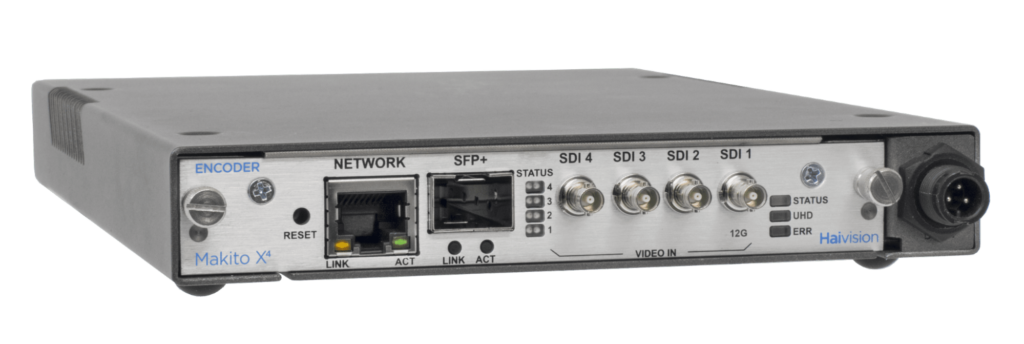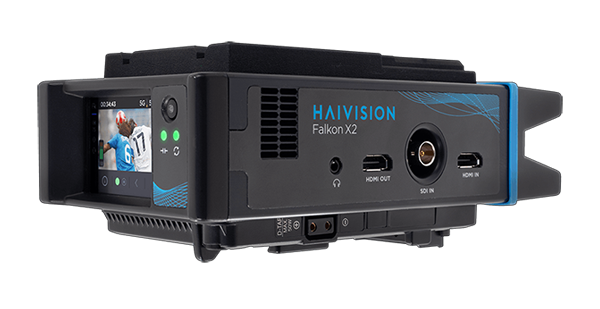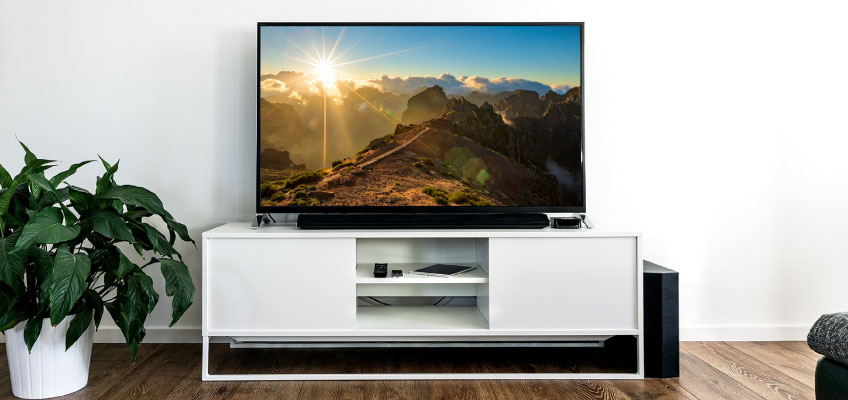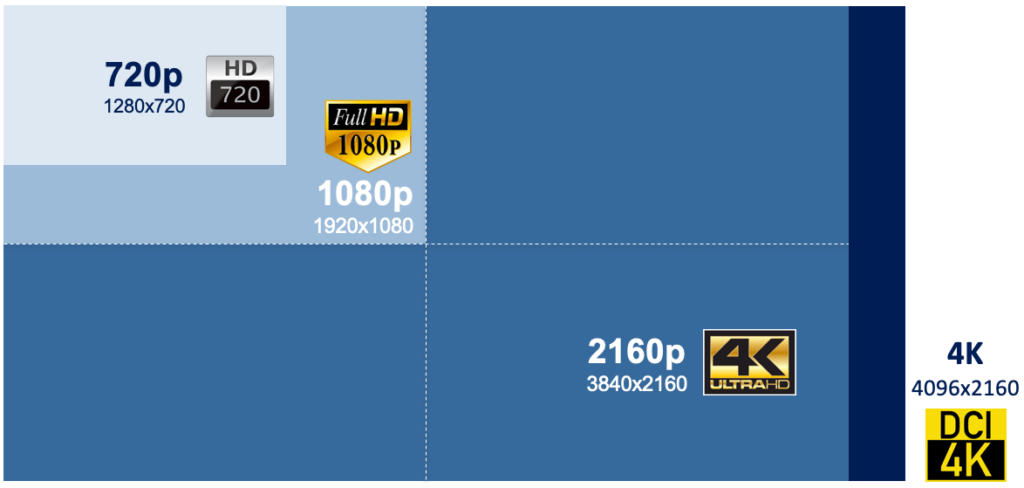The 4K UHD broadcast format first emerged, as with many great things television-related, from the Tokyo research laboratories of NHK. In 2012, 4K or Ultra High Definition (UHD) television was standardized by both the International Telecommunication Union and the Consumer Electronics Association. Since then, consumers have been besieged by a plethora of dazzling 4K UHD television sets as manufacturers try to tempt them to open our wallets and upgrade their screens.
But as more consumers turn to 4K displays, what are broadcasters doing to meet evolving demands?
“I want my 4K TV”
According to IHS Markit, 44% of new TVs sold are now able to display 4K UHD content. Considering the premium pricing and fatter margins for 4K TV sets, (they account for about 70% of manufacturer revenues) it is no surprise that at this year’s CES there was a big focus on very large 4K UHD screens and OLED technology.
Though consumers seem happy to pay more for 4K UHD screens, they also expect access to 4K video. Broadcasters and cable operators are facing a fast-changing world of binge-watchers and cord-cutters – they too must deliver on the 4K promise by providing content that keeps viewers and subscribers on board. At the same time, OTT services and new media providers are looking to produce more 4K content, including live sports, to appeal to UHD TV owners.
Bigger and better video
4K UHD, (not to be confused with the DCI 4K standard for digital cinema) delivers four times as many pixels as full HD. At a resolution of 3840 × 2160, this also mean four times as much bandwidth is required for streaming.
UHD is more than just extra pixels however. For premium sporting events, frame rates are often doubled to 50 or 60 frames per second to provide more fluid movement. 10-bit color depths can support much wider color spaces – over 1 billion colors, compared to only 16.7 million in 8-bit.
To ensure that enough color information is used, 4K broadcast contribution workflows also should include 4:2:2 chroma subsampling to facilitate compositing and reducing transcoder artifacts.
All of these UHD extras also add extra bits per second. Fortunately, HEVC (or H.265) offers about 50% improved compression efficiency over H.264. 4K UHD offers four times the resolution as HD but does not necessarily need four times the bandwidth.
4K contribution in play
Live sports is a key driver of television sales and content consumption. For fans, watching a sports event in 4K is a truly immersive viewing experience, one step closer to being at the event itself. And as more consumers purchase 4K UHD TVs, sports fans will not only be wanting their content in 4K – they will expect it. Sports broadcasters who want to engage with 4K TV owners will need to deliver real-time 4K contribution content from remote locations to central broadcast production centers. And they’ll have to do it while keeping a lid on costs.
The live aspect adds a layer of complexity, as latency is an important factor. And as we have previously mentioned, lowering your latency in the first mile is critical to keeping end-to-end latency low.
For remote production or REMI type workflows, the main bottleneck for 4K is the network uplink. Though dedicated fiber and satellite links are options, they come at a high cost. However, the near ubiquitous availability of broadband internet along with efficient HEVC video encoding are enabling cost-effective live 4K broadcast contribution.
Ultra High Definition, Ultra Low Latency with the new Makito X4 Video Encoder
An inflection point has finally been reached between high picture quality, low latency, and efficient video encoding. With broadcast quality video, efficient HEVC video encoding, and extremely low latency, as low as 55ms, the new Makito X4 video encoder marks a major new phase in the production of live 4K content.
 Support for 50/60 frame rates, 10-bit color, and 4:2:2 chroma subsampling make the Makito X4 the ideal choice for broadcasters and content providers looking to wow their viewing audiences with video that will make their UHD TVs come to life.
Support for 50/60 frame rates, 10-bit color, and 4:2:2 chroma subsampling make the Makito X4 the ideal choice for broadcasters and content providers looking to wow their viewing audiences with video that will make their UHD TVs come to life.
Want to learn more about the Makito X4 and 4K UHD encoding? Download our data sheet today.



























